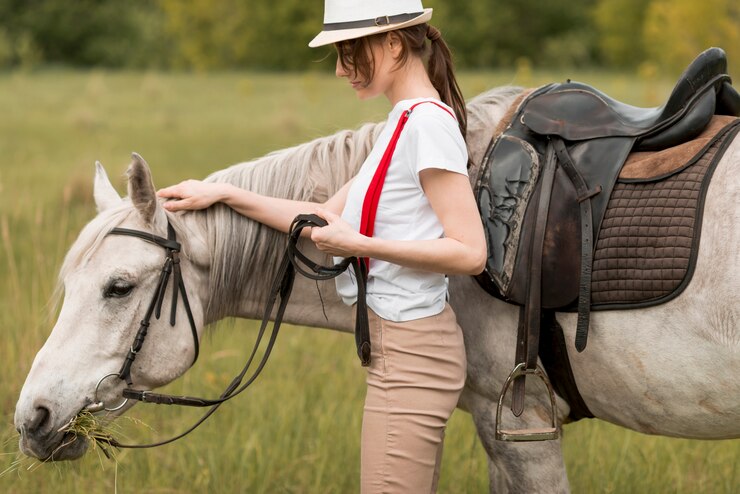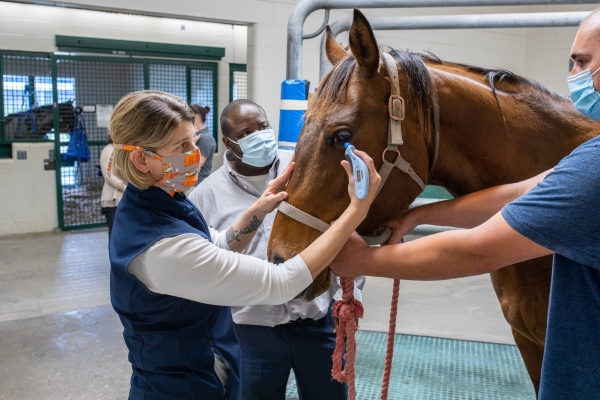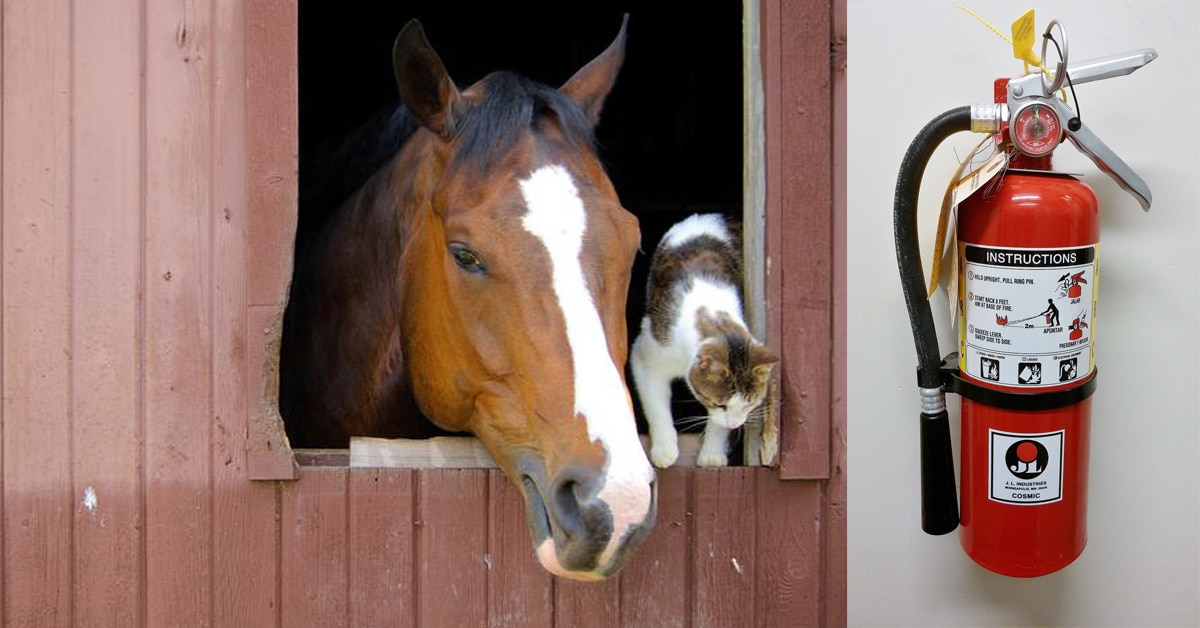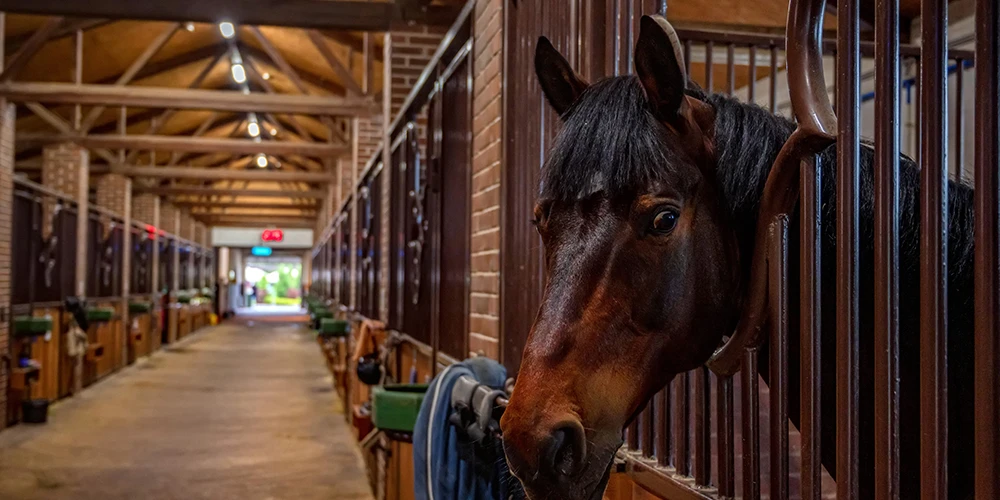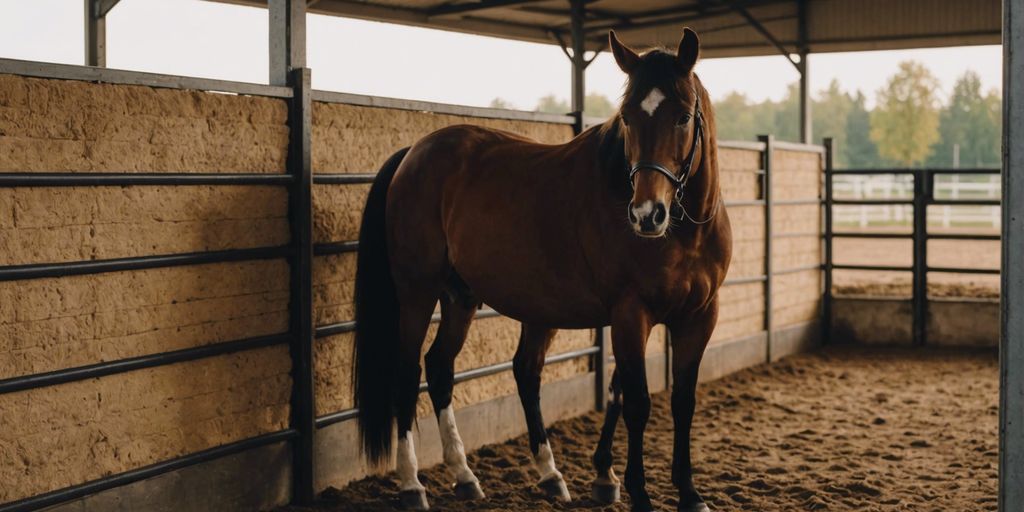As the seasons transition, it’s essential for horse owners to adapt their stable maintenance routines to prepare for changes in weather. Read More
Understanding Seasonal Challenges
Each season presents unique challenges for horse owners to navigate:
1. Winter: Cold temperatures, snow, and ice can create hazardous conditions for horses, leading to health issues such as hypothermia and frostbite.
2. Spring: Springtime brings melting snow and rain, leading to muddy conditions that can increase the risk of hoof problems and bacterial infections.
3. Summer: Hot temperatures and humidity can cause heat stress and dehydration in horses, especially those without access to shade and adequate hydration.
4. Fall: Falling leaves and cooler temperatures signal the transition to winter, with changing weather patterns and the potential for severe storms.
Seasonal Stable Maintenance Checklist
To prepare for these seasonal challenges and ensure the health and safety of your horses, follow this comprehensive checklist:
1. Assess Shelter and Infrastructure:
- Inspect barns, shelters, and fencing for damage and wear.
- Repair any leaks, cracks, or structural weaknesses to provide adequate protection from the elements.
2. Address Drainage Issues:
- Ensure proper drainage around barns and turnout areas to prevent water pooling and muddy conditions.
- Install gutters, downspouts, and French drains as needed to redirect water away from stable areas.
3. Provide Adequate Ventilation:
- Clean and inspect ventilation systems to ensure proper airflow in barns and shelters.
- Install fans or vents to improve air circulation and reduce condensation buildup during colder months.
4. Stock Up on Bedding and Supplies:
- Ensure an ample supply of clean bedding material such as straw or shavings for stalls and turnout areas.
- Stock up on essential supplies such as feed, hay, and medications to last through the season.
5. Implement Pest Control Measures:
- Develop a pest control plan to manage flies, mosquitoes, and other insects that can be prevalent during warmer months.
- Install fly traps, screens, or sprays to minimize pest infestations in and around the stable.
6. Schedule Routine Maintenance:
- Plan regular maintenance tasks such as fence repairs, pasture mowing, and equipment servicing.
- Keep a maintenance calendar to track upcoming tasks and ensure they are completed in a timely manner.
7. Prepare Emergency Supplies:
- Create an emergency kit with essential items such as first aid supplies, flashlights, and extra blankets.
- Develop an evacuation plan for severe weather events and practice emergency procedures with staff and volunteers.
8. Monitor Weather Forecasts:
- Stay informed about upcoming weather patterns and forecasts for your area.
- Prepare for extreme weather events such as storms, heatwaves, or blizzards by taking proactive measures to protect your horses and property.
Conclusion
By following this seasonal stable maintenance checklist, horse owners can proactively address weather-related challenges and ensure the health and safety of their equine companions throughout the year. Regular inspections, maintenance tasks, and preparation for seasonal changes are essential components of responsible horse care and management. By staying vigilant and proactive, horse owners can minimize the impact of weather-related issues and create a safe and comfortable environment for their horses in every season.

